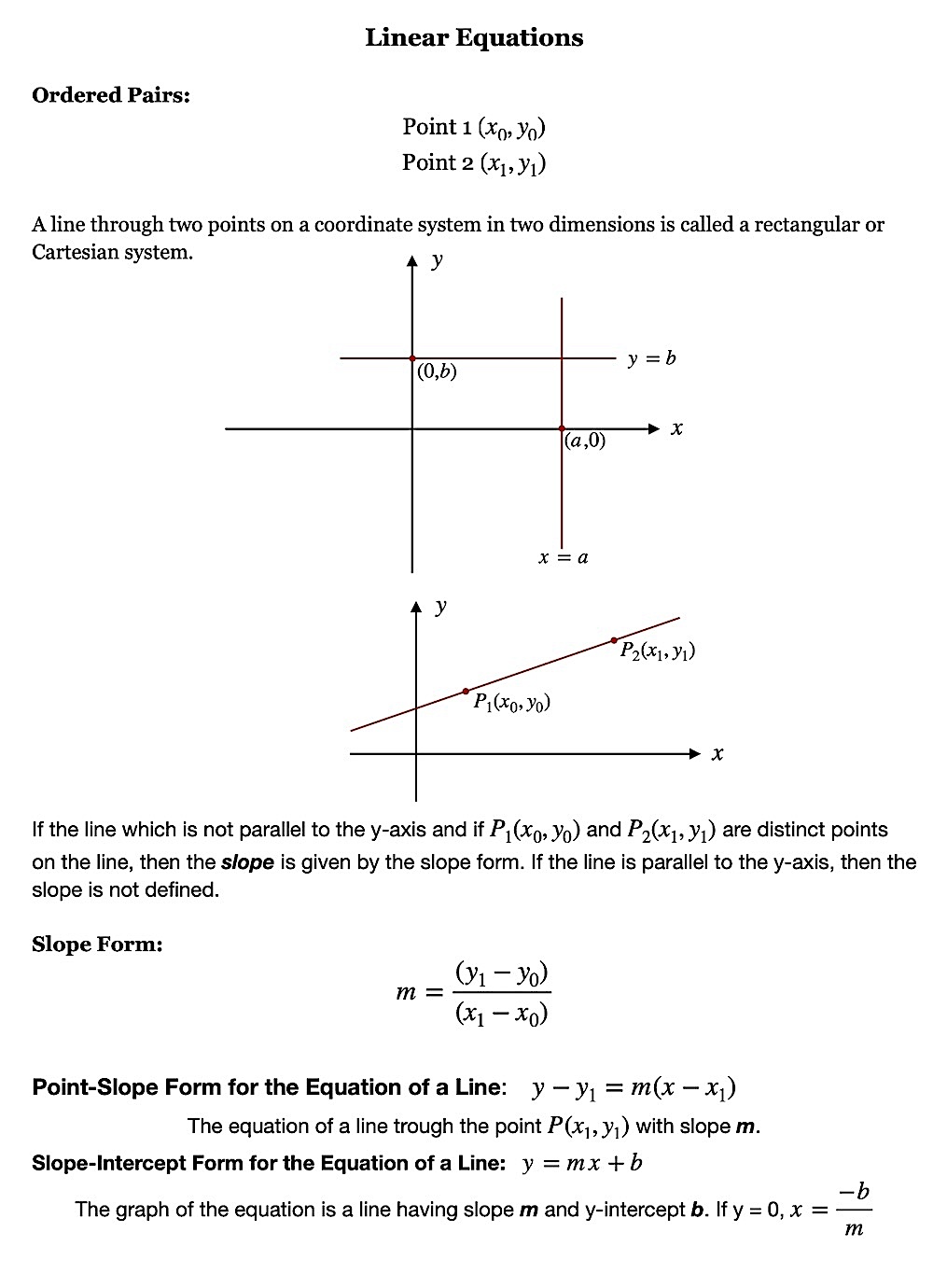International System of Units(SI)
The SI base units
| Base quanity | Name | Symbol |
|---|---|---|
| length | meter | m |
| mass | kilogram | kg |
| time | second | s |
| electric current | ampere | A |
| thermodynamic temperature | kelvin | K |
| amount of substance | mol | mol |
| luminous intensity | candela | cd |
The SI base units definitions
- ampere
- The ampere is that constant current which, if maintained in two straight parallel conductors on infinite length, of negligible circular cross-section, and placed 1 meter apart in vacuum, would produce between these conductors a force equal to 2x10-7 newton per meter of length.
- candela
- The candela is the luminus intensity, in a given direction, of a source that emits monochromatic radiation of frequency 540x1012 hertz and that has a radiant intensity in that direction of 1/683 watt per steradian.
- kelvin
- The kelvin, unit of thermodynamic temperature, is the fraction 1/273.16 of the thermodynamic temperature of triple point of water.
- kilogram
- The kilogram is the unit of mass, it is equal to the mass of the international prototype of the kilogram.
- meter
- The meter is the length of the path traveled by light in vacuum during a time interval of 1/299792458 of a second.
- mol
- The mol is the amount of substance which contains as many elementary entities as ther are atoms in 0.012 kiogram of carbon 12. When the mol is used, the elementary entities must be specified and may be atomes, molecules, ions, electrons, other particles, or specified groups of such particcles.
- second
- The second is the duration of 9,192,631,770 periods of the radiation corresponding to the transition between the two hyperfine levels of the ground state of the cesium 133 atom.
Physical Constants
CODATA Fundamental Constants 2006
Source: NIST Physics Constants (please verify before using)
The physical constants are listed with the name of the constant with an associated letter of the alphabet. By using the keyboard, the associated letter inserts the constant into the Entry-Stack.
- a: Speed of Light in a vacuum (c)
- 299792458 (m s-1) - Uncertainty (exact)
- b: Avagadro constant (NA, L)
- 6.02214179(30) x 1023 (mol-1) - Uncertainty (5.0 x 10-8)
- c: Magentic constant (μ0)
- 12.566370614 x 10-7 (N A-2) - Uncertainty (exact)
- d: Electric constant (ε0)
- 8.854187817 x 10-12 (F m-1) - Uncertainty (exact)
- e: Newtonion constant of gravitation (G)
- 6.67428(67) x 10-11 (m3 kg-1 s-2) - Uncertainty (1.0 x 10-4)
- f: Planck constant (h)
- 6.62606896(33) x 10-34 (J s) - Uncertainty (5.0 x 10-8)
- Note: h/2π = ℏ
- g: elementary charge (e)
- 1.602176487(40) x 10-19 (C) - Uncertainty (2.5 x 10-8)
- h: electron mass (me)
- 9.10938215(45) x 10-31 (kg) - Uncertainty (5.0 x 10-8)
- i: proton mass (mp)
- 1.672621637(83) x 10-27 (kg) - Uncertainty (5.0 x 10-8)
- j: proton-electron mass ratio (mp/me)
- 1836.15267247(80) (unitless) - Uncertainty (4.3 x 10-10)
- k: fine-structure constant e2/4πε0ℏc = (α)
- 7.2973525376(50) x 10-3 (unitless) - Uncertainty (6.8 x 10-10)
- l: inverse fine-structure constant (α-1)
- 137.0359999679(94) (unitless) - Uncertainty (6.8 x 10-10)
- m: Rydberg constant α2mc/2h (R∞)
- 10973731.568527(73) - Uncertainty (6.6 x 10-12)
- n: Faraday constant NAe
- 96485.3399(24) F (C mol-1) - Uncertainty (2.5 x 10-8)
- o: molar gas constant
- 8.314472(15) R (J mol-1 K-1) - Uncertainty (1.7 x 10-6)
- p: Boltzmann constant R/NA
- 1.3806504(24) x 10-23 k (J K-1) - Uncertainty (1.7 x 10-6)
- q: Stefan-Boltzmann constant (π2/60)k4/ℏ3) c2
- 5.670400(40) x 10-8 σ (W m-2 K-4) - Uncertainty (7.0 x 10-6)
- r: electron volt (e/C) J
- 1.602176487(40) x 10-19 eV (J) - Uncertainty (2.5 x 10-8)
- s: (unified) atomic mass unit 1u = mu = (1/12)m(12C) = 10-3 kg mol-1/NA
- 1.660538782(83) x 10-27 kg - Uncertainty (5.0 x 10-8)
- key:
- - Uncertainty ()
More to come
Periodic Table of the Elements
Copy the Standard Atomic Weight by clicking on the symbol and then paste it back into the calculator.
Use the browser Inspect - Console tab to confirm transfer of data bewteen Periodic Table of the Elements and the CS27 Scientific RPN calulator. While the mouse cursor is positioned over the browser, use the right mouse button (RMB) to bring up a menu. In the menu, select Inspect and afterwards select the Console tab. The goal is to use the browser Console as a log of data transfer and math operations. Use separate browser windows one for the data and the other for the calculator. Beware that lose of data will occur in the calculator once a refresh, closing or opening the calculator window.
These tables are based on the 2021 table with changes from the 2019 table for the values of Ar, Hf, Ir, Pb and Yb and changes to the uncertainty for Al, Au, Co, F, Ho, Mn, Nb, Pa, Pr, Rh, Sc, Tb, Tm, and Y.
| H | He | ||||||||||||||||
| Li | Be | B | C | N | O | F | Ne | ||||||||||
| Na | Mg | Al | Si | P | S | Cl | Ar | ||||||||||
| K | Ca | Sc | Ti | V | Cr | Mn | Fe | Co | Ni | Cu | Zn | Ga | Ge | As | Se | Br | Kr |
| Rb | Sr | Y | Zr | Nb | Mo | Tc | Ru | Rh | Pd | Ag | Cd | In | Sn | Sb | Te | I | Xe |
| Cs | Ba | Hf | Ta | W | Re | Os | Ir | Pt | Au | Hg | Tl | Pb | Bi | Po | At | Rn | |
| Fr | Ra | Rf | Db | Sg | Bh | Hs | Mt | Ds | Rg | Cn | Nh | Fl | Mc | Lv | Ts | Og | |
| La | Ce | Pr | Nd | Pm | Sm | Eu | Gd | Tb | Dy | Ho | Er | Tm | Yb | Lu | |||
| Ac | Th | Pa | U | Np | Pu | Am | Cm | Bk | Cf | Es | Fm | Md | No | Lr |
| Metallic solids | |
| Non-metallic solids | |
| Liquids | |
| Gases | |
| Radioactive |
Special Functions
The special functions uses strick rules for math operations. THIS IS AN EXPERIMENT. CS27 has incorporated a Roll function that rolls the stack downward in order for the user to see the operational results.
- A: SlopeIntercept() method
- The Slope-Intercept function returns the results of the slope and the b-intercebt of a linear function from a set of 2D-points.
- (1) Enter the 2D-points (x0, y0), and (x1, y1) onto the Process-Stack in the same order as shown.
- (2) Similarly to Constants method above, use the keyboard and the associated Capital letter (A) to perform the math operation.
- (3) The Slope and then the Intercept are pushed onto the Process-Stack.
- B: Linear() method
- The Linear function (y = mx + b) uses the results from the Slope-Intercept function (A).
- (1) The results of the Slope-Intercept are placed with the Slope (m) on the Y-Stack and the Intercept (b) on the X-Stack.
- (2) Push the x-value onto the stack.
- (3) Use the keyboard and the associated Capital letter (B) to perform the math operation.
- (4) The y-result is pushed on to the stack.
- (5) To repeat the process, roll the stack with the slope and the intercept back into place then begin with step (2).
-

- Example for (A - SlopeIntercept) and (B - Linear) methods
- When using the algebra of the linear equation it is neccessary to understand the science and how to apply the data.
- Always form a question: How wourd one convert from Celcius to Fahrenheit or the other way from Fahrenheit to Celsius?
- Arrange the sets of 2D-points (x0, y0), and (x1, y1). There are only FOUR datums called the physical properties of interest, the freezing and boiling point of water (H2O) in the Celcius scale and the other in the Fahrenheit scale. How the data might be arranged for the algebra can be tricky. The ordered pair (x, y) could be arranged as (°C, °F) or as (°F, °C). Therefore think of the ordered pair when using the input and the output with the equation (y = mx + b). Notice the variables x and y. Do not expect a result to be in °C for the y of the linear equation when the ordered pair is set to (°C, °F) because the °F in the ordered pair is assigned as the y part of the (x, y) ordered pair. Experiment with the data. Pay close attention to step (1) of (A). Play the part of a scientist. To check the math, use the same datums in the table...
-
Physical properties of water (H2O) Temperature Scale Freezing Point Boiling Poiint Celsius 0°C 100°C Fahrenheit 32°F 212°F Kelvin 273.15K 373.15K - More to come...
